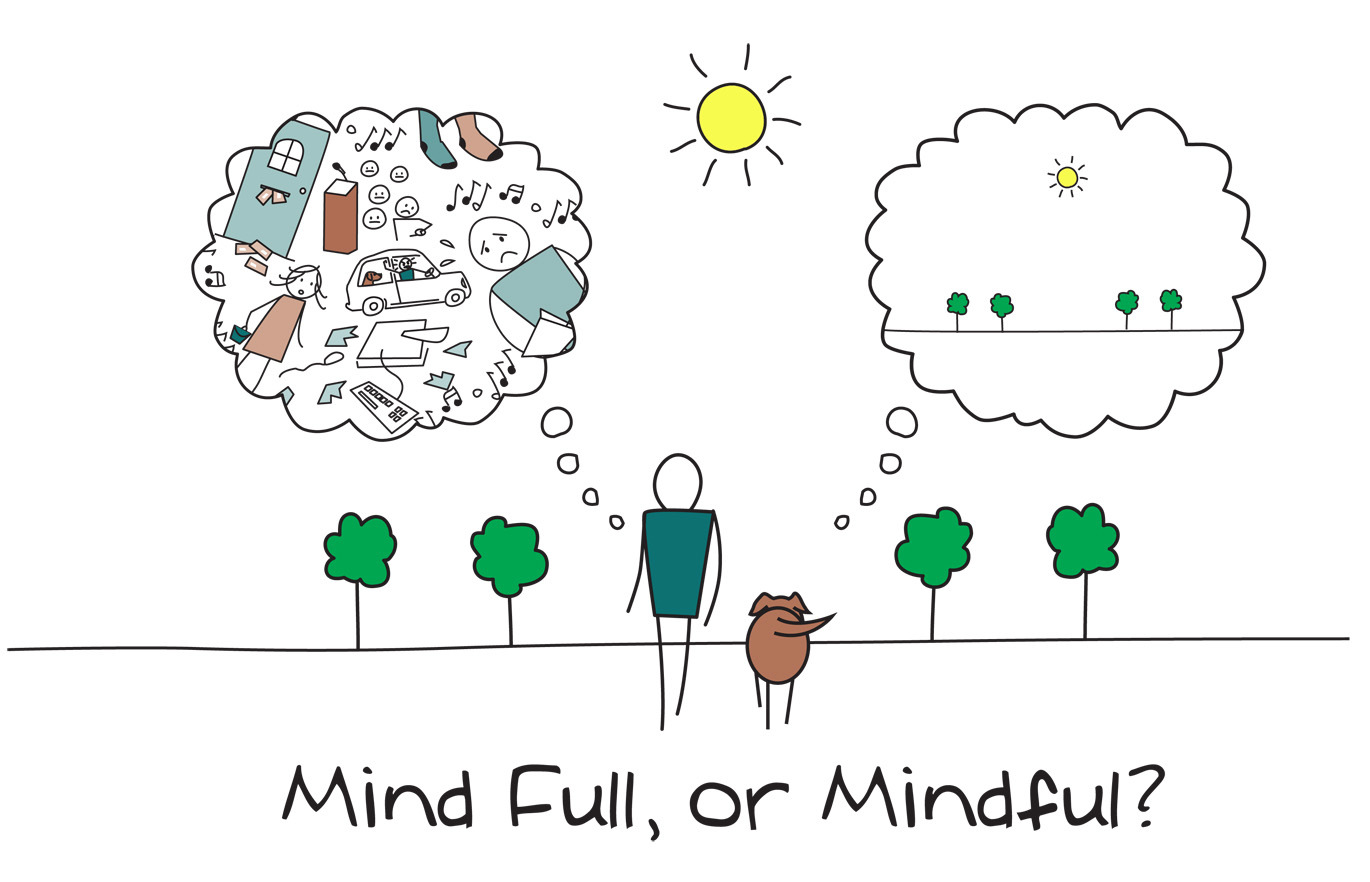Last year I wrote a blog post about what I perceived as a commodification of an amazing Buddhist concept: mindfulness, or sati. Today, I would like to go back on the topic, after I’ve recently attended:
- a one-day Vipassana meditation retreat;
- a two-hour training session on mindfulness for teachers.
I now feel I have familiarised with both aspects a little bit more, so I would like to update my previous post with some more in-depth considerations on the issue.
Mindfulness as a state
As our meditation teacher said, in Buddhism mindfulness is a state, not a technique. It is a condition of awareness of everything that’s happening in and outside the mind, of dwelling in the present moment without giving in to unconscious, negative emotions (such as greed, hatred, restlessness, etc).
It is something that needs to be cultivated with patience in everyday life, through meditation but also though living a simpler life, avoiding useless distractions and putting rightful effort into trying to make every moment into a mindful moment.
So you could say it isn’t a walk in the park.
Mindfulness as a technique
However, psychologists and psychiatrists have taken some of the Buddhist concepts, and transformed them into a series of… I don’t know exactly: techniques? principles? a kind of therapy? I am not very familiar with this, so if you do know please add information on the comments below.
Anyway, all the things the lovely Chantelle from Lingua Point told us during the training session at school made perfect sense, they sounded more like common sense than anything else. And I could see how they are grounded on general Buddhist principles, made easier and more accessible for us westerners.
Is it useful in ELT?
But (and there’s a big BUT for me) is this oversimplification useful? It definitely makes the Buddhist principles more accessible, but are they as effective? And what about using it in the classroom?
I left the training session at school feeling a bit puzzled. My colleagues were saying: yes, it’s all very nice, it makes perfect sense, but how can we practice this?
I think this is where the core of the question lies: can you reap the same benefits if you don’t make the same effort? And even if you decided that just making your life a bit better or reliving some stress would be enough for you, is this watered down version really good enough to do that?
Chantelle said she has been seeing some benefits since she started practising some of the techniques she described to us, and I definitely agree with her, some of these ideas are so common sense we should all be keeping them in mind.
However, I still remain sceptical. I feel this eradication of the basic principles from the whole philosophy that lies behind them makes them less powerful, and consequently less effective in creating a true state of mindfulness.
And how they can be used in the classroom to improve teaching and learning still remains a mistery to me.

I signed up for a ten day Vipassana course and chickened out at the last minute. It was the ‘no books’ allowed rule that got to me.
XD actually it would be great to be able to spend 10 days with yourself alone… bot I don’t think I’ll ever be able to do it! :/
I bet mindfulness would help in association of meta-emotional words like “happiness” or “anxiety” with the mental states that they describe, since (if I understand it correctly) mindfulness allows you to be aware of them as they are happening as if from the outside. At least it would provide some useful grounding to the usual tactic of explaining that “happy” is an adjective, while “happiness” is a noun.
“And how they can be used in the classroom to improve teaching and learning still remains a mystery to me.” You hit the nail on the head! We teach language, not meditation. However, if you started a meditation in English class…
Yoga and meditation in English… wow, that would be cool!
I should suggest that to my DoS! XD